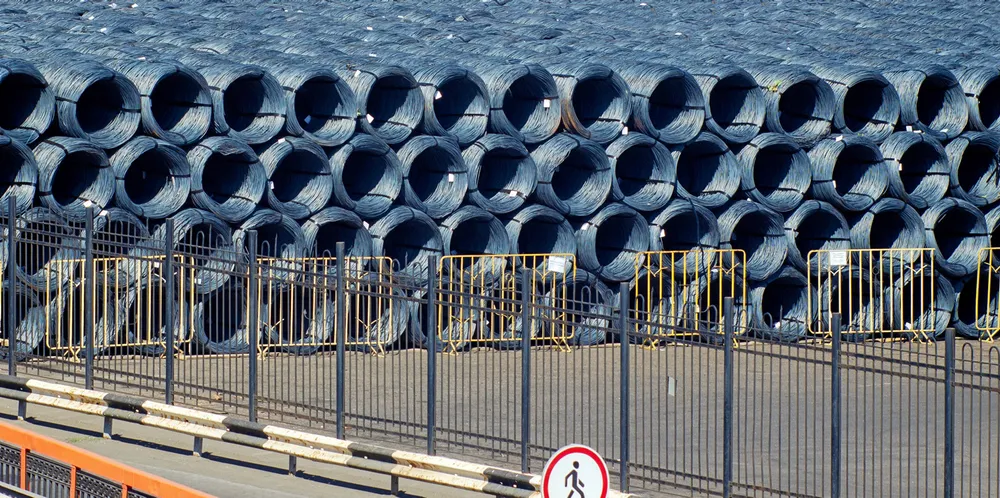EU steel safeguards 'risk economic sustainability of European wind industry'
WindEurope warns ongoing trade action threatens sector that relies on key raw material

WindEurope warns ongoing trade action threatens sector that relies on key raw material
